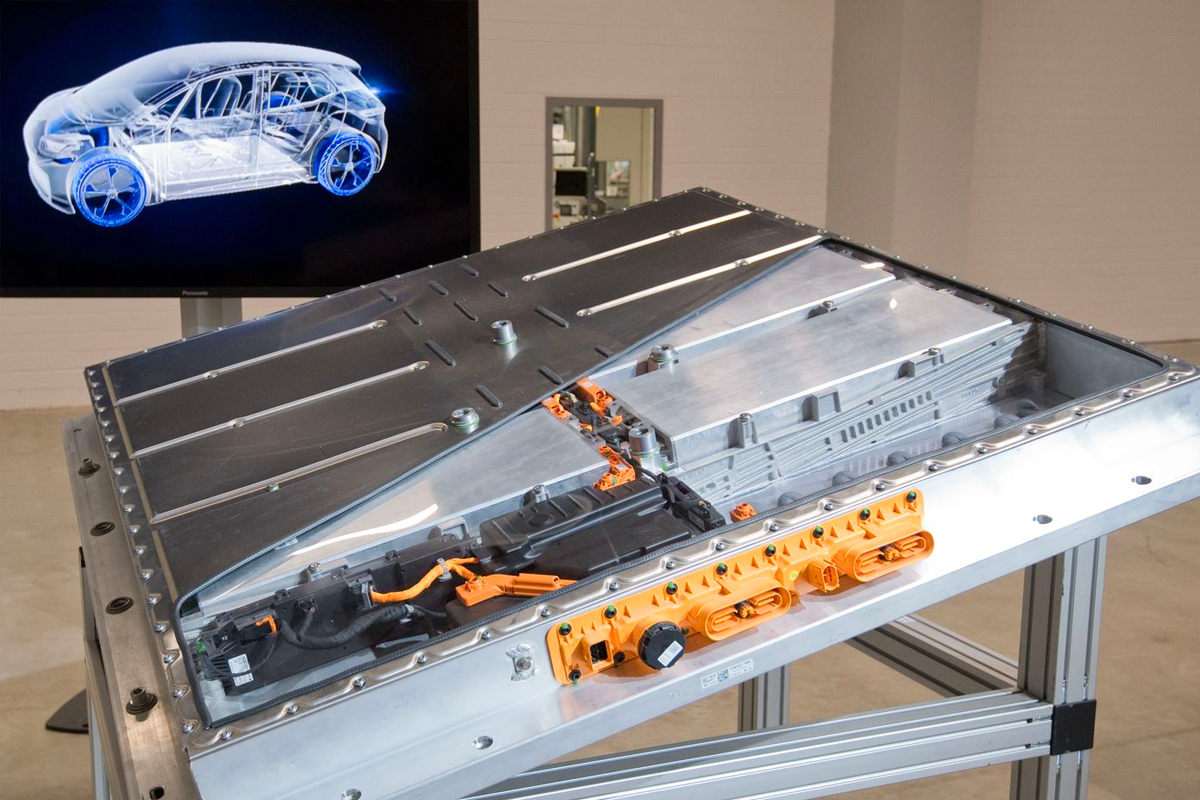The electric vehicle (EV) battery market is trending for few years. It is because of the successful government awareness programs where the people are acknowledged about the harmful effects of carbon emissions by IEC vehicles. While some other reasons for its acceptance are increasing oil prices and decreasing reserves, improvement in battery technology, the launch of new plug-in EV models, and privileges provided to EV drivers. As per business insight in February 2021 of “Global News Wire,” the global EV battery market size is expected to reach worth USD 82.20 Billion at 6.6 CAGR by 2026. In 2018, it was valued at USD 71.83 billion.
In comparison with IEC, vehicles with electric bike batteries are also cost-effective and require lesser maintenance. They have zero-emission and are preferred for clean public transport. Governments across the globe have offered several financial incentives like rebates or exemptions in government taxes, decreased parking fees for EV vehicles, and other rebates to encourage these eco-friendly vehicles. As a result, the demand for EV batteries is gaining a fast pace all over the world.
The electric vehicle comes into the different model from economical models to powerful sports models. It is important to choose the best battery for your EV.
The performance of the electric bike batteries is closely related to the design of the battery pack that powers the vehicle’s engine. The two-wheeler comes with 2-wheeler battery packs, the three-wheeler comes with 3-wheeler battery packs and four-wheeler comes with 4-wheeler battery packs. It is significant to match the battery pack with the drivetrain. If one fails to do so, there is a risk to battery performance and damage to the drivetrain components.
Points to be considered while choosing the most suitable battery type for an EV.
1. Purpose of the battery
It is the most essential point that you should ask yourself first. When it comes to small electric two or three-wheelers vehicles, it’s desirable to have a battery with low weight, compact size, agile acceleration, and higher capacity. This decides the life of the EV batteries. Based on battery types EV batteries comes in Lead-acid, Lithium-ion, Nickel-metal Hydride, Solid-state. Three decades ago, there were fewer choices in the market. but with the growth of EV batteries manufacturers in India, some major innovations like lithium polymer batteries have come along. They are undeniably offering the ultimate choices for high-performance electric bike batteries.
2. Battery capacity and power
Perhaps it is one of the most critical factors to consider while choosing an EV battery. The power consumption or the highest current discharge of the batteries is determined by the maximum power the vehicle demands from the battery packs. The capacity of the battery is calculated using a simulator to go through a reference cycle typical of the usage of the vehicle. Consider few questions in your mind like what is the maximum power output of the vehicle? And what amount of voltage you will be required to use?
Consider the following formulas to calculate the capacity and power of the battery pack:
i. Capacity = capacity per battery x number of batteries connected in parallel x
nominal voltage
ii. Peak power = peak current per battery x number of batteries connected in
parallel x nominal voltage
iii. Continuous power = continuous current per battery x number of batteries connected in parallel x nominal voltage
The temperature, durability, humidity, and some other external factors are responsible for the durability of the batteries for EV.
4. Costs
It is hardly possible when one replaces a car battery during its car’s lifetime. So it is important to check the warranty and make sure it covers you for any potential battery failure.
5. Temperature Range
First try considering in which range of temperature are you planning to use the EV? The chemistries of the EV batteries are affected if your 2-wheeler battery packs, 3-wheeler battery packs and 4-wheeler battery packs deal with temperatures below zero degrees Celsius. There are two different kinds of battery chemistries for EV vehicles. They are segmented into different categories viz. lithium-ion, lead-acid, solid-state, Zinc-carbon, and nickel-metal hydride. Their operating range differs from one another. For instance, aqueous electrolyte-based Zinc-carbon cells cannot be used below 0°C. The lithium-ion batteries can be charged at a temperature between 20° to 45°C. Li-Ion batteries operate between 10 to 60 degrees Celsius. If the batteries are utilized outside of their recommended range, it will affect the lifespan and capacity of the battery pack.
Finally, I would say after considering these points check the battery warranty and the model-specific information thoroughly. Sometimes a situation arises when you need to replace the EV battery. If the batteries need to be replaced outside the warranty, it may be significantly expensive. So make sure that there is provision to replace the battery as few manufactures offer extended warranty programs with monthly fees.
